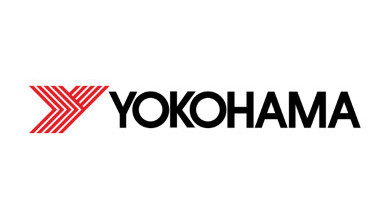Built to Last: Expert Insights on RV Exterior & Construction Trends
Three suppliers weigh in on what dealers need to know about the latest advancements, challenges and must-know details.
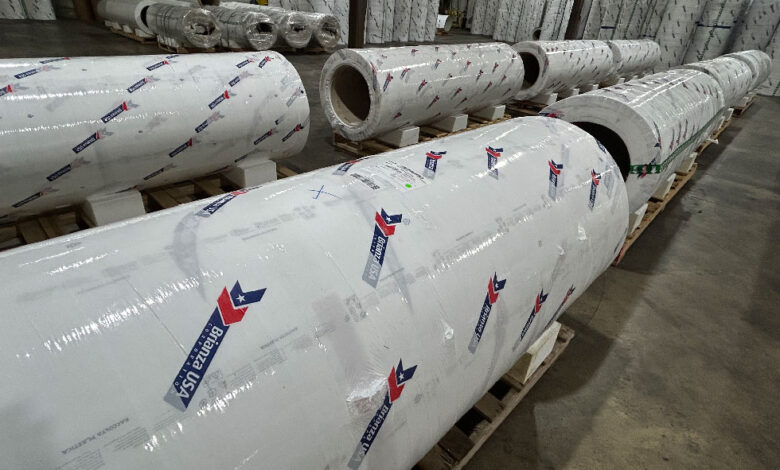
Be it wood, aluminum, fiberglass or a composite, what makes up an RV’s construction and exterior matters to buyers. RV PRO asked several experts to tell us what’s most important to know about these different materials.
What tech advancements have you seen in RV construction components?

Kurt Hostetler, Myers | Ameri-Kart, sales specialist: While core raw materials to produce tanks have not experienced significant improvements, the rotational molding and thermoforming manufacturing processes and equipment improvements have provided efficiencies that support a higher-quality product.
James Witty, Brianza USA, president: With fiberglass, it’s all about the raw materials included in manufacturing. Brianza USA uses top quality raw materials from Italy and Germany — pure resin; most of our competitors use resin with additives.

Brian Falkenberg, Crane Composites, RV market & business development manager: Crane Composites began in the RV market over 30 years ago and pioneered the introduction of fiberglass panels into the RV market under the FILON brand and more recently with our premium products under the NOBLE brand of sheet glass. Advancements in FILON and NOBLE panels have been significant since their introduction. Innovations in resin and gelcoat technologies have enhanced resilience and lifespan, offering improvements in weathering and durability. Breakthroughs in automation in our manufacturing processes have enhanced consistency in critical aspects such as color and thickness. Enhancements in surface appearance, smoothness and gloss have elevated aesthetic appeal. Other advancements at Crane Composites have pioneered stronger, lighter and more aesthetic surfaces that require minimal maintenance yet deliver exceptional protection from the elements.
What materials do you use in your RV exterior/construction products & why?
Hostetler: All tank products utilize resin or ABS sheet raw material, depending on the manufacturing process. These materials provide the most reliable, highest quality and cost-effective solution for OEMs and the aftermarket.
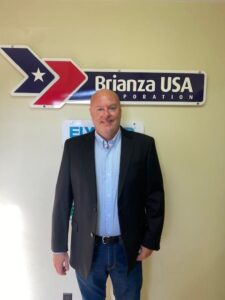
Witty: We provide fiberglass coils and sheets for sidewalls, slideouts, roofs and flooring.
Falkenberg: FILON coilable exterior sidewall panels, manufactured in Jonesboro, Arkansas, are composed of an advanced resin system, premium fiberglass mat made in-house and a UV- and weather-resistant smooth gelcoat. We offer our coiled material in a variety of finishes, thicknesses, colors and sizes depending on OEM requirements for their models. We also have local technical experts to help optimize the lamination process to reduce thickness, resulting in weight and cost savings. As a part of our ongoing commitment to quality and innovation, we continue to respond to customer needs and evolve our product lines. We’ll be introducing our newest lineup of FILON with fourth generation product advancements this year. Our NOBLE lineup of sheet glass exterior sidewall panels, manufactured in Goshen, Indiana, utilizes our patented moving mold process and are vacuum infused, eliminating the need for any glue or adhesive to the substrate. The result is a durable, high-gloss, smooth, gelcoated finish built to withstand the elements. We recently engineered a superior, lighter, automotive-like sidewall with the newest addition to our NOBLE lineup, NOBLE ICON. It offers a mirror-like appearance and long-term thermal stability, and is also [one of] the lightest weight sidewalls in its category.
What challenges are your company facing, such as supply chain issues, legislation/regulations, tariffs, etc.? What steps are you taking to mitigate them?
Hostetler: There are no challenges relative to our capacity and availability, and since our products are all made in the USA, we have no concerns pertaining to tariffs or other regulations.
Witty: We work hard to have a 99% on-time delivery and source our materials from Europe. We haven’t had any issues with tariffs, etc., yet. We are continually checking in and monitoring changes.
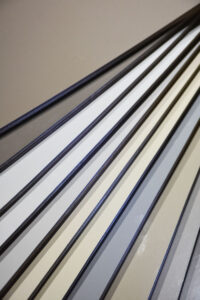
Falkenberg: All our products are manufactured in the United States of America. This allows for best-in-class lead time and flexibility and enables us to quickly respond to our RV OEM partners’ changing needs. We have minimal reliance on foreign materials for our products, which has allowed us to mitigate many supply chain issues and risks.
What kind of maintenance is required for these products, if any?
Hostetler: For holding tanks: [Advise customers to] use the correct toilet paper; flush the tanks frequently, use a treatment specifically formulated for RV holding tanks, lubricate the tank valves and sanitize the tank. For freshwater tanks: [Customers need to] disinfect the tank and plumbing regularly, change out the water at the very least every six months and treat the water appropriately for your water source.
Witty: None. In fact, Brianza USA has multiple levels of [quality control] to make sure there’s very low maintenance and very few defects.
Falkenberg: One of the many benefits of FILON and NOBLE sidewalls is their easy maintenance. We recommend washing the RV with a mild soap every three months or more frequently as needed to remove dirt. To keep FILON and NOBLE panels looking glossy, we recommend waxing your RV every six months — typically before and after a camping season. To help with the care and maintenance of our sidewalls, we have how-to videos and further recommendations that you can see at exteriorRVcare.com. By design, our FILON and NOBLE panels are resistant to stains, impact and moisture, so maintenance is minimal allowing for RVers to focus on their journey.
What products do you offer in the aftermarket, if any?
Hostetler: All of our tank offerings that we provide to OEMs are available to the aftermarket. Standard tanks, meaning our most popular tanks, are inventoried by our distributor partners with the balance of tanks available via special order.
Witty: We have customers that work in the aftermarket realm, which we supply to for repair/replacement projects, but [we] do not provide to the aftermarket directly.
What else do our readers need know about RV construction components?
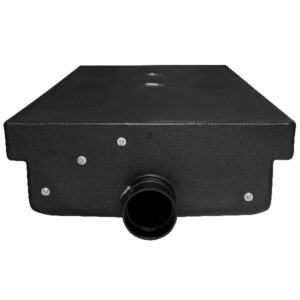
Witty: Fiberglass is tough to eyeball and know which company is providing it since there’s no branding present specifically on the glass. [Customers should] ask the sales team when buying an RV. Fiberglass matters with yellowing, distortion and delamination issues. Do your research and choose an RV that uses a high-quality fiberglass. [Customers] can always replace that antenna or air conditioner, but a full sidewall is a different problem all together.
Falkenberg: The choice of the exterior sidewall material for RVs is discussed often. FILON, NOBLE and aluminum are widely recognized options. However, FILON and NOBLE offer certain advantages, including impact and corrosion resistance, smooth and glossy aesthetics, and simplified cleaning and maintenance. Additional benefits include seamless installation and higher resale value. At Crane Composites, we combine our expertise in composites material science, process and technology with a deep understanding of customer needs and localized manufacturing and support teams to deliver premium products and support. Our R&D team is always exploring new materials and technologies to continue to deliver innovative solutions to the market.

